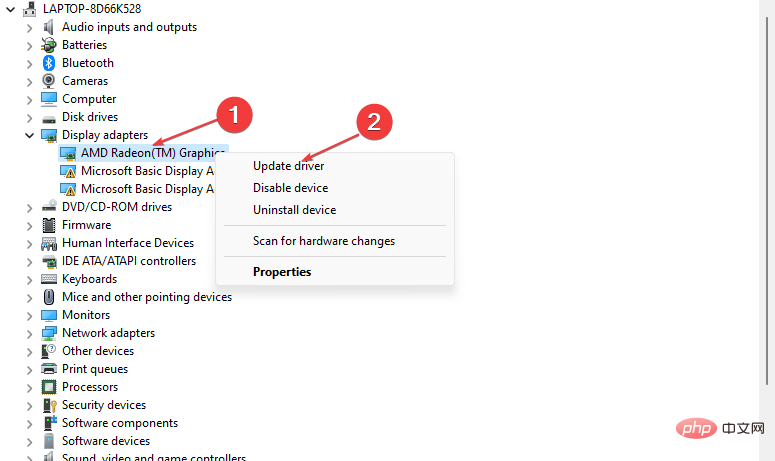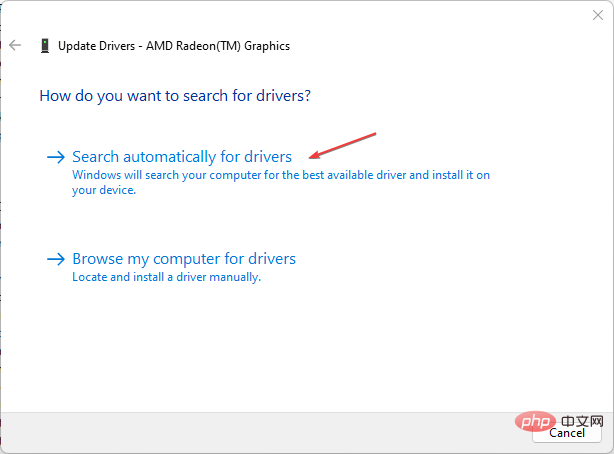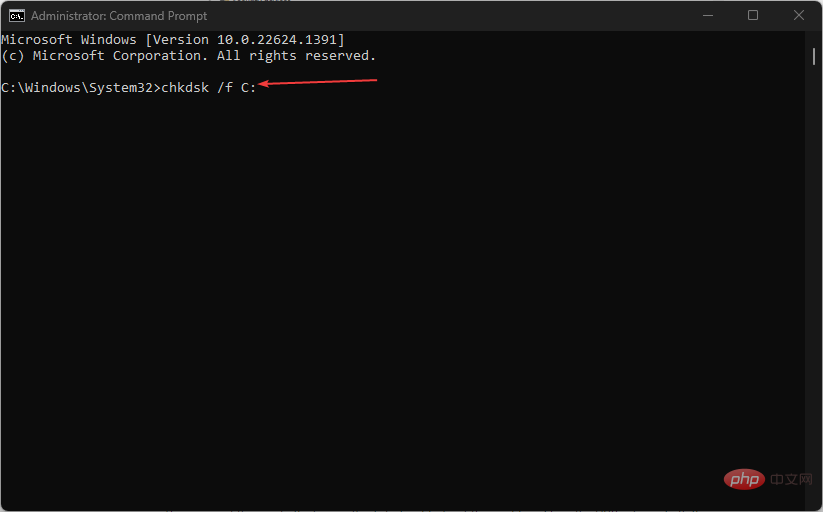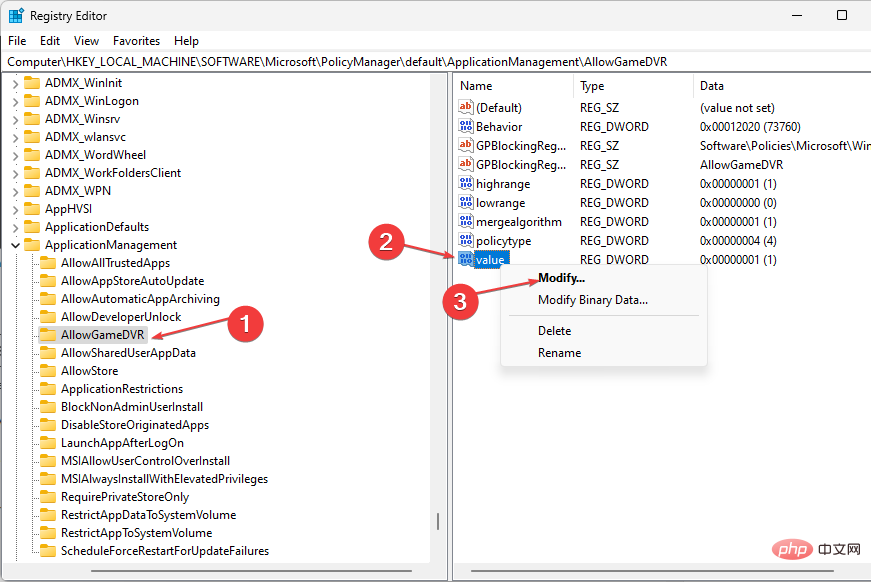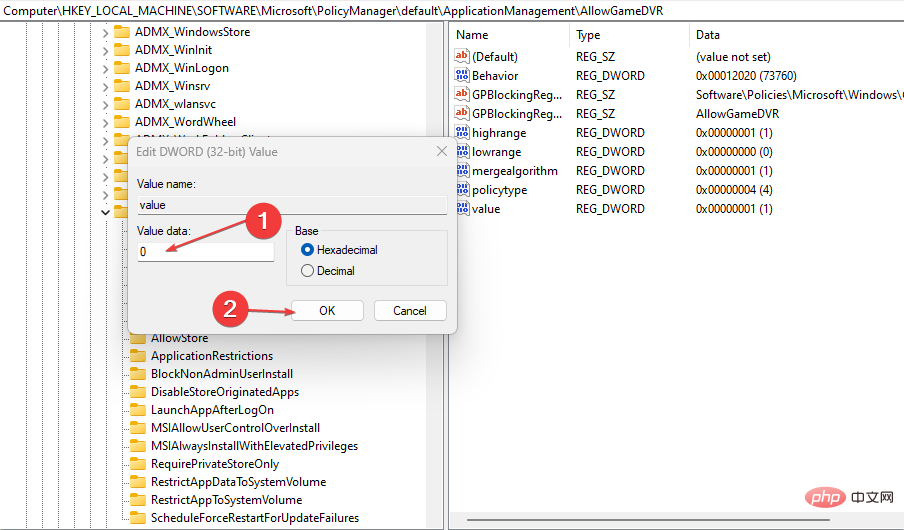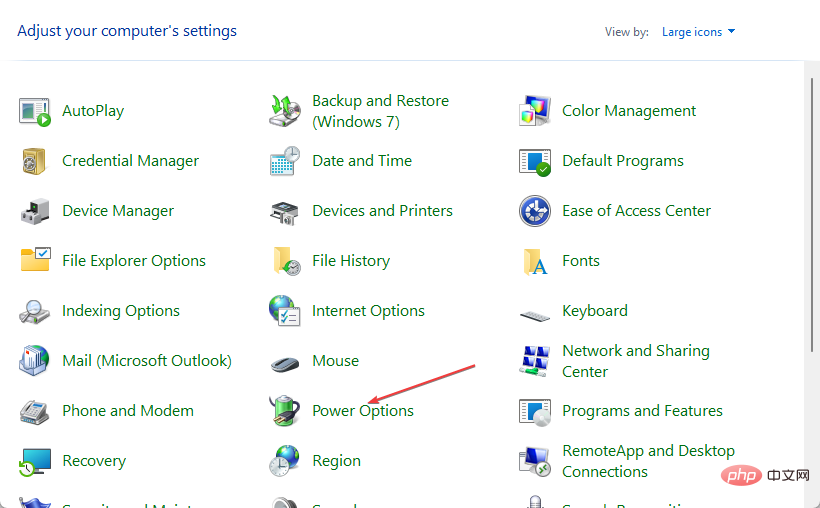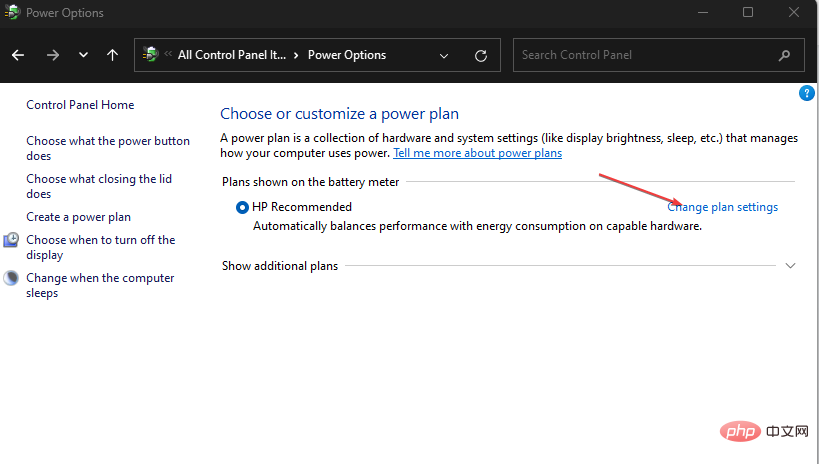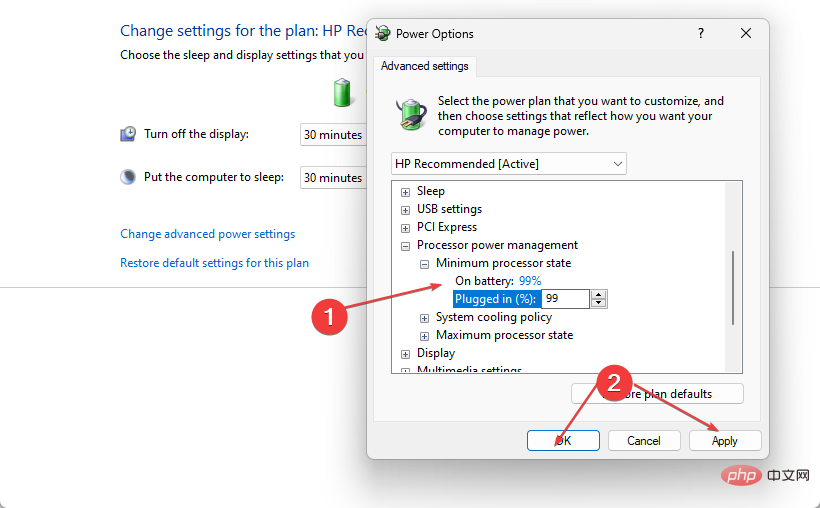How to quickly fix FPS drop after Windows system update?
Some of our readers have recently reported that their system FPS dropped after a Windows 11 update and they didn't know what fix to apply.
If you are also experiencing random stuttering when playing certain online multiplayer shooters or after a Windows 11 update, this article will provide you with simplified steps on how to fix the issue.
In this article
Why does FPS drop after Windows update?
There could be a number of reasons why your frame per second drops after updating your computer to Windows 11. Here are some potential reasons behind the error:
- Corrupted/Flawed Windows Update - It is not uncommon to experience frame dropping issues after a Windows update. However, whenever this happens, it indicates that there is a bug in the installed operating system version.
- Corrupted/Obsolete Graphics Driver - This error may also manifest itself due to an outdated or corrupted driver, which reduces the performance and strength of the driver. In this case, you need to visit Nvidia’s official website or AMD to download the latest graphics driver for your device.
- Internet Connection Issues - When playing online games, you need to ensure that you have a good internet connection, otherwise, experiencing FPS drops after Windows updates will be inevitable.
- Inadequate Cooling System – It’s also possible that you have the right configuration for your game but experience FPS drops. This is possible because there is not an adequate cooling system when a component starts to overheat, which tends to reduce its performance. You can check out the best laptop cooling software here.
The above reasons are just a few of the many other factors that can cause FPS to drop after a Windows update on your PC. Let’s move on to learn how to fix this issue.
What should I do if my FPS drops after a Windows update?
Before you do that, apply the following quick check:
- Make sure your computer meets the minimum requirements for the application you are using if you are experiencing FPS dropping issues.
- Check if your computer is overheating.
- Ensure that resource consumption is not too high. You can reduce RAM usage and clear Task Manager to reduce CPU usage when CPU usage is too high.
- Make sure not to run multiple applications at the same time.
- Check if you are properly connected to the internet.
If nothing works after confirming the above checks, you can explore the advanced solutions listed below.
1. Update your GPU driver
- Press the key to open the "Run" window, type the following devmgmt.msc in the search box, and then press . WindowsREnter
- Expand Display Adapters, right-click on the graphics driver and select Update Driver Programoptions.

- Now, select "Automatically search for drivers" and let Windows install the best version available.

- Restart your computer after the update process is complete.
Alternatively, depending on your GPU, you can download the latest graphics driver from the manufacturer's official website (Nvidia's official website or AMD or Intel).
To make sure everything runs smoothly and avoid any kind of GPU driver errors, be sure to use the full Driver Update Assistant, which can resolve your issues in just a few clicks and we highly recommend DriverFix. Follow these simple steps to safely update your drivers:
- Download and install driver repair.
- Start the software.
- Wait for driver repair to detect any faulty drivers.
- The application will now display all problematic drivers and you just need to select the one you want to fix.
- Wait for the application to download and install the latest drivers.
- Restart your computer for the changes to take effect.
2. Run the chkdsk command to find hard disk errors
- Press the key to open the
- Start menu, type command prompt, and then select "Run as administrator". Windows Next, type the following command (replace
- C with your drive letter) and press to run it: Enter
chkdsk /f C:<strong></strong> Restart the computer according to the prompts that appear later.
Restart the computer according to the prompts that appear later.
- Press the key to start
- "Run" window, type regedit, and then click "OK". WindowsR Navigate to the following path:
-
Computer\HKEY_LOCAL_MACHINE\SOFTWARE\Microsoft\PolicyManager\default\ApplicationManagement\AllowGameDVR<strong></strong> Right-click the value in the right pane, select
Right-click the value in the right pane, select - "Modify", and change the value data to 0.
 Restart your computer for it to take effect.
Restart your computer for it to take effect.
- key, enter Control Panel, and click .
- WindowsEnter Select
- Hardware and Sound and click Power Options.
 Select Change
Select Change - Plan Settings and click Change advanced power settings.
 Select processor
Select processor - Power management and Maximum processor status. Then, set its "On battery" and "Power on" values to 99%.
 Then, click
Then, click - Apply and OK to save the changes.

The above is the detailed content of How to quickly fix FPS drop after Windows system update?. For more information, please follow other related articles on the PHP Chinese website!

Hot AI Tools

Undresser.AI Undress
AI-powered app for creating realistic nude photos

AI Clothes Remover
Online AI tool for removing clothes from photos.

Undress AI Tool
Undress images for free

Clothoff.io
AI clothes remover

Video Face Swap
Swap faces in any video effortlessly with our completely free AI face swap tool!

Hot Article

Hot Tools

Notepad++7.3.1
Easy-to-use and free code editor

SublimeText3 Chinese version
Chinese version, very easy to use

Zend Studio 13.0.1
Powerful PHP integrated development environment

Dreamweaver CS6
Visual web development tools

SublimeText3 Mac version
God-level code editing software (SublimeText3)

Hot Topics
 1653
1653
 14
14
 1413
1413
 52
52
 1306
1306
 25
25
 1251
1251
 29
29
 1224
1224
 24
24
 What is the reason why PS keeps showing loading?
Apr 06, 2025 pm 06:39 PM
What is the reason why PS keeps showing loading?
Apr 06, 2025 pm 06:39 PM
PS "Loading" problems are caused by resource access or processing problems: hard disk reading speed is slow or bad: Use CrystalDiskInfo to check the hard disk health and replace the problematic hard disk. Insufficient memory: Upgrade memory to meet PS's needs for high-resolution images and complex layer processing. Graphics card drivers are outdated or corrupted: Update the drivers to optimize communication between the PS and the graphics card. File paths are too long or file names have special characters: use short paths and avoid special characters. PS's own problem: Reinstall or repair the PS installer.
 How to solve the problem of loading when PS is always showing that it is loading?
Apr 06, 2025 pm 06:30 PM
How to solve the problem of loading when PS is always showing that it is loading?
Apr 06, 2025 pm 06:30 PM
PS card is "Loading"? Solutions include: checking the computer configuration (memory, hard disk, processor), cleaning hard disk fragmentation, updating the graphics card driver, adjusting PS settings, reinstalling PS, and developing good programming habits.
 How to speed up the loading speed of PS?
Apr 06, 2025 pm 06:27 PM
How to speed up the loading speed of PS?
Apr 06, 2025 pm 06:27 PM
Solving the problem of slow Photoshop startup requires a multi-pronged approach, including: upgrading hardware (memory, solid-state drive, CPU); uninstalling outdated or incompatible plug-ins; cleaning up system garbage and excessive background programs regularly; closing irrelevant programs with caution; avoiding opening a large number of files during startup.
 How to set color mode for export PDF on PS
Apr 06, 2025 pm 05:09 PM
How to set color mode for export PDF on PS
Apr 06, 2025 pm 05:09 PM
The secret to export PDFs with accurate colors: choose color mode according to the purpose: RGB for network display, CMYK for professional printing. Check Embed Profiles when exporting to maintain color consistency. Adjust compression settings to balance image quality and file size. For PDFs for networks, use RGB mode; for PDFs for printing, use CMYK mode.
 Is slow PS loading related to computer configuration?
Apr 06, 2025 pm 06:24 PM
Is slow PS loading related to computer configuration?
Apr 06, 2025 pm 06:24 PM
The reason for slow PS loading is the combined impact of hardware (CPU, memory, hard disk, graphics card) and software (system, background program). Solutions include: upgrading hardware (especially replacing solid-state drives), optimizing software (cleaning up system garbage, updating drivers, checking PS settings), and processing PS files. Regular computer maintenance can also help improve PS running speed.
 Does mysql need the internet
Apr 08, 2025 pm 02:18 PM
Does mysql need the internet
Apr 08, 2025 pm 02:18 PM
MySQL can run without network connections for basic data storage and management. However, network connection is required for interaction with other systems, remote access, or using advanced features such as replication and clustering. Additionally, security measures (such as firewalls), performance optimization (choose the right network connection), and data backup are critical to connecting to the Internet.
 Is PS slow loading related to other programs that are running?
Apr 06, 2025 pm 06:03 PM
Is PS slow loading related to other programs that are running?
Apr 06, 2025 pm 06:03 PM
The secrets to mastering Office software include: understanding different versions and platforms, correctly installing and configuring, proficient in using the software interface, in-depth understanding of feature operations, application collaboration and sharing functions, utilizing templates and styles, mastering advanced skills, and solving common problems. In addition, you need to choose a version that suits your needs, make good use of templates and styles, develop backup habits, and learn shortcut keys and advanced techniques to improve efficiency.
 How to solve the problem of loading when the PS opens the file?
Apr 06, 2025 pm 06:33 PM
How to solve the problem of loading when the PS opens the file?
Apr 06, 2025 pm 06:33 PM
"Loading" stuttering occurs when opening a file on PS. The reasons may include: too large or corrupted file, insufficient memory, slow hard disk speed, graphics card driver problems, PS version or plug-in conflicts. The solutions are: check file size and integrity, increase memory, upgrade hard disk, update graphics card driver, uninstall or disable suspicious plug-ins, and reinstall PS. This problem can be effectively solved by gradually checking and making good use of PS performance settings and developing good file management habits.



